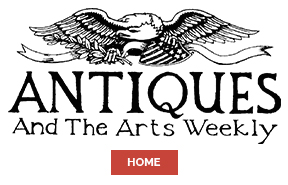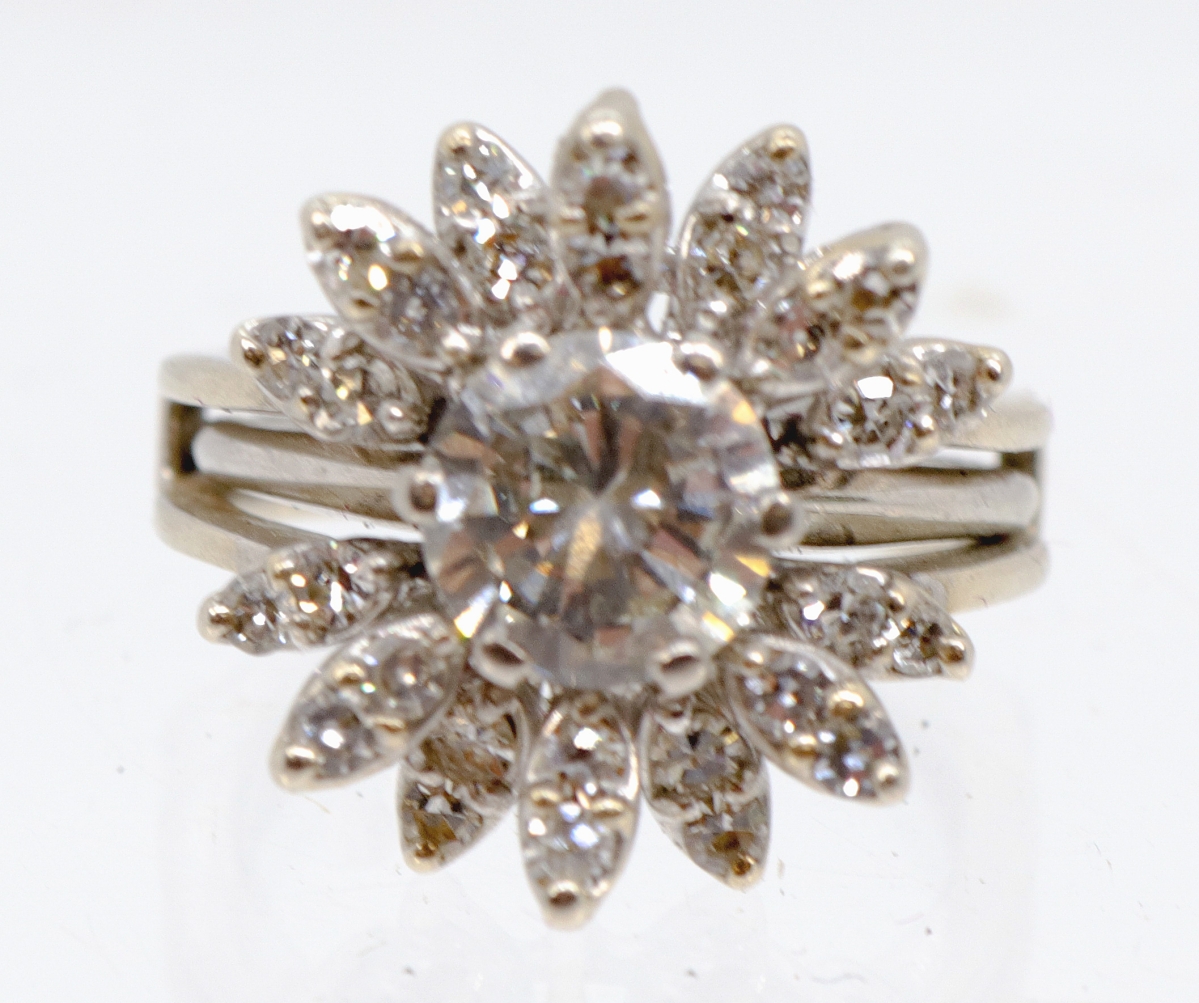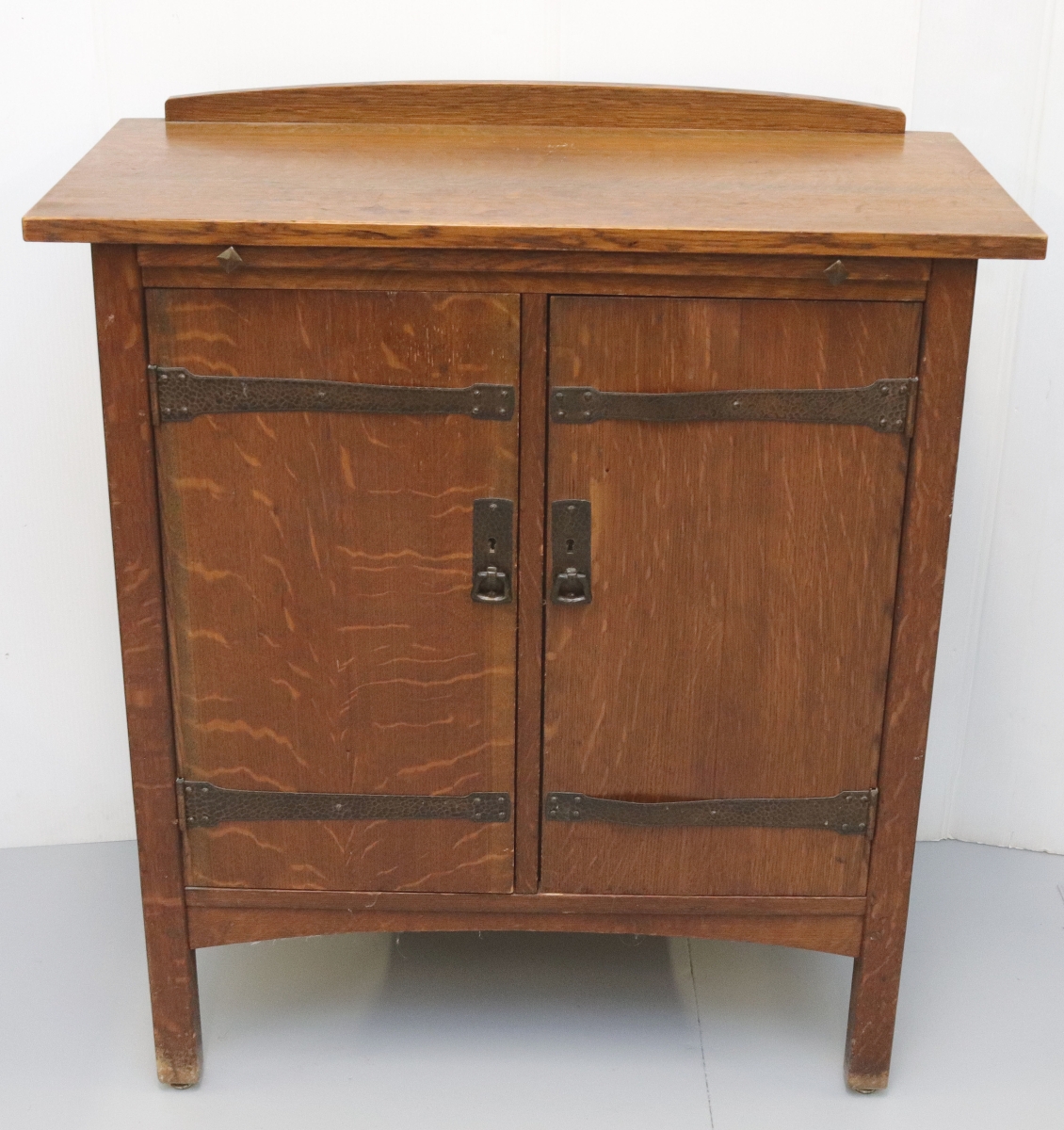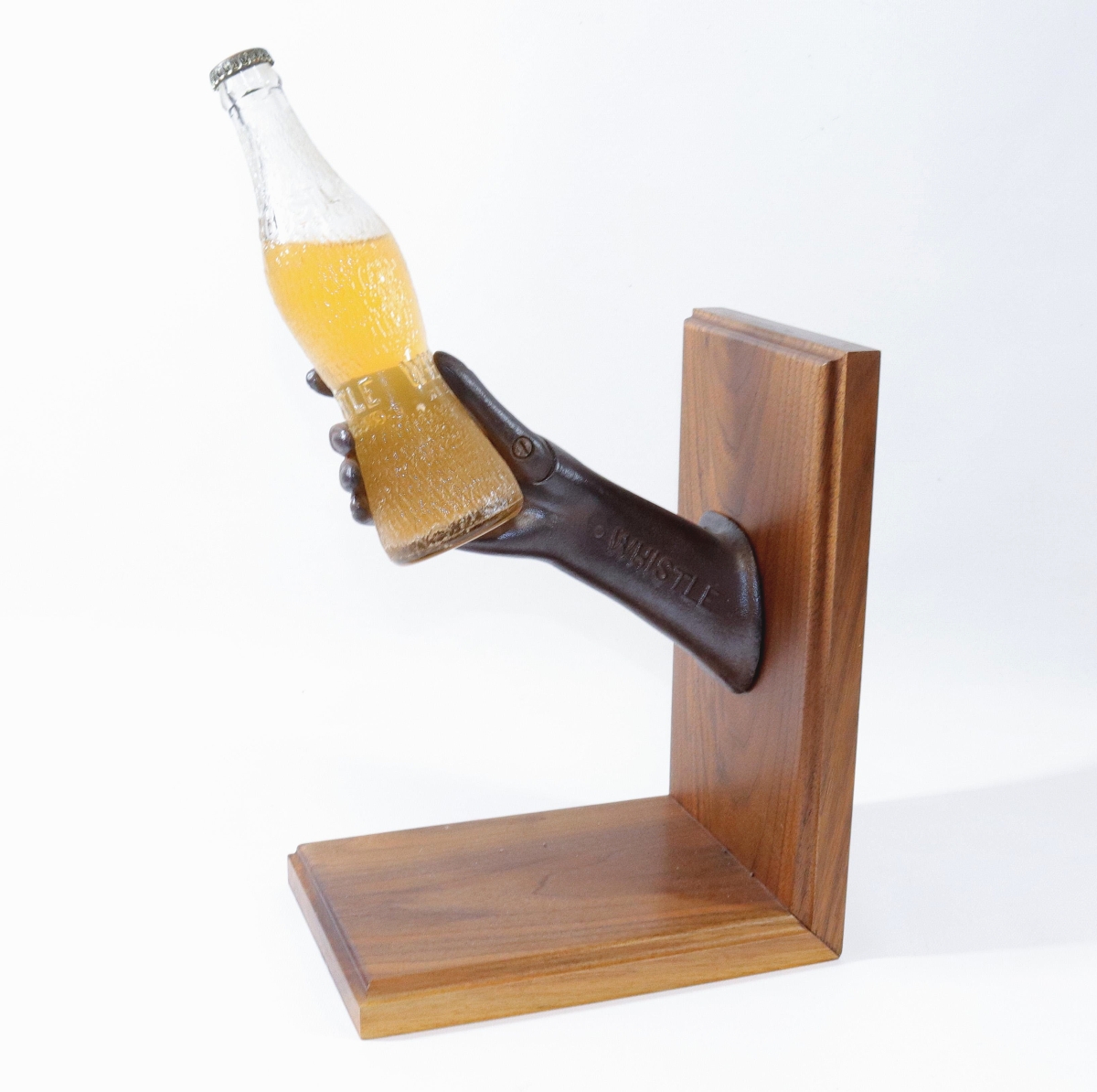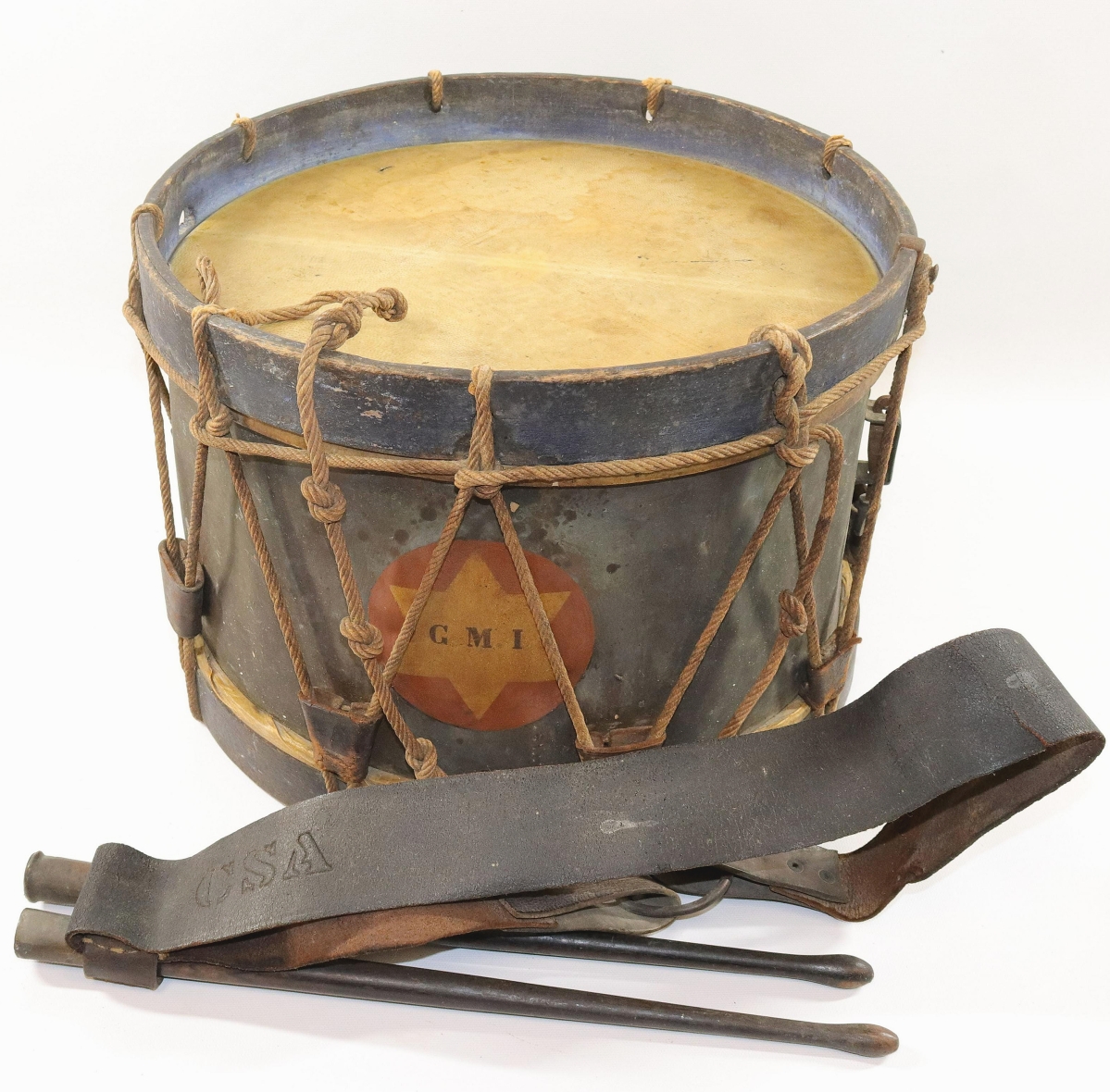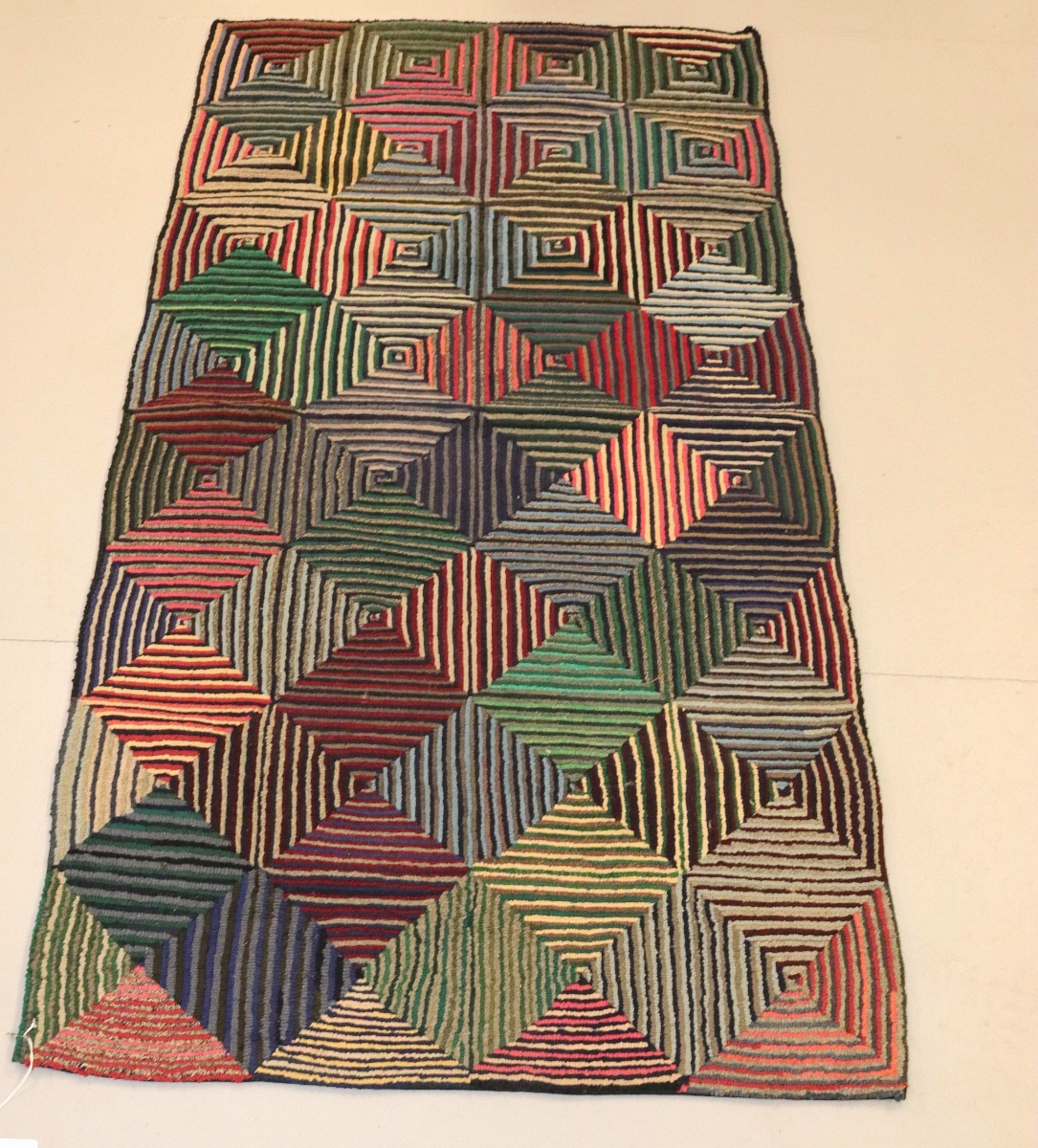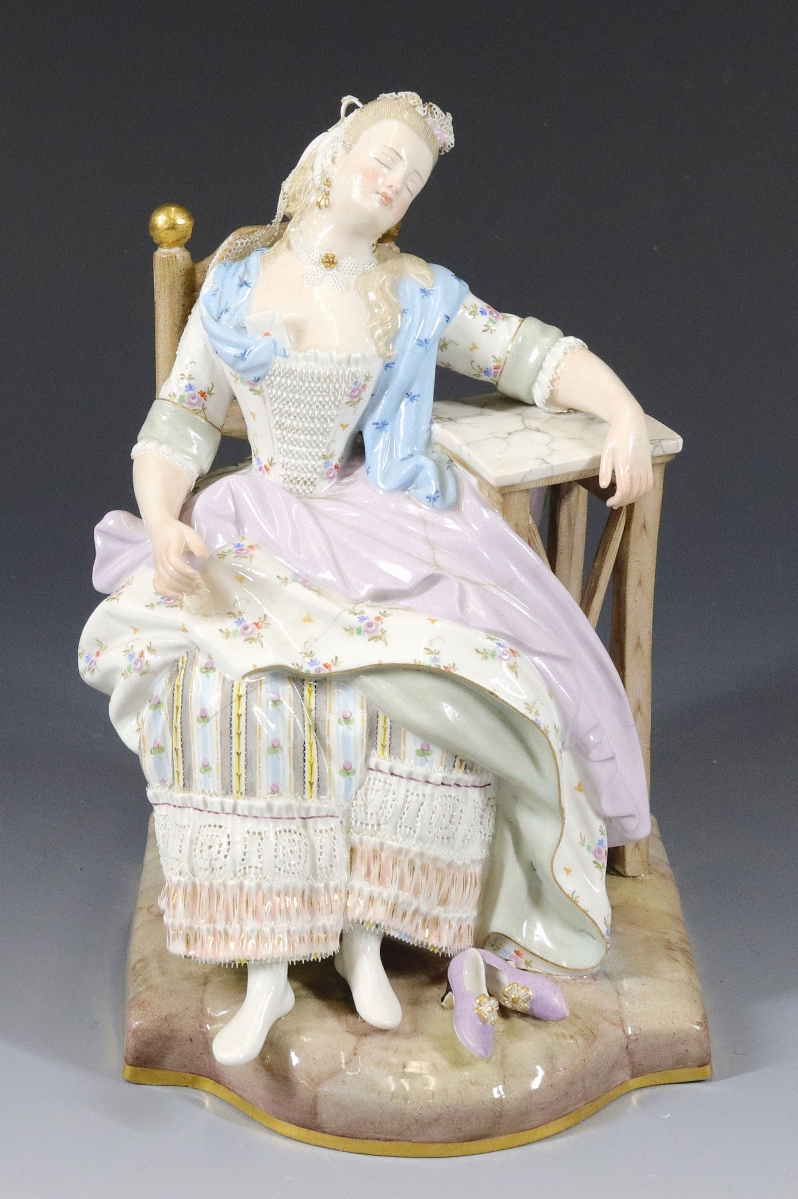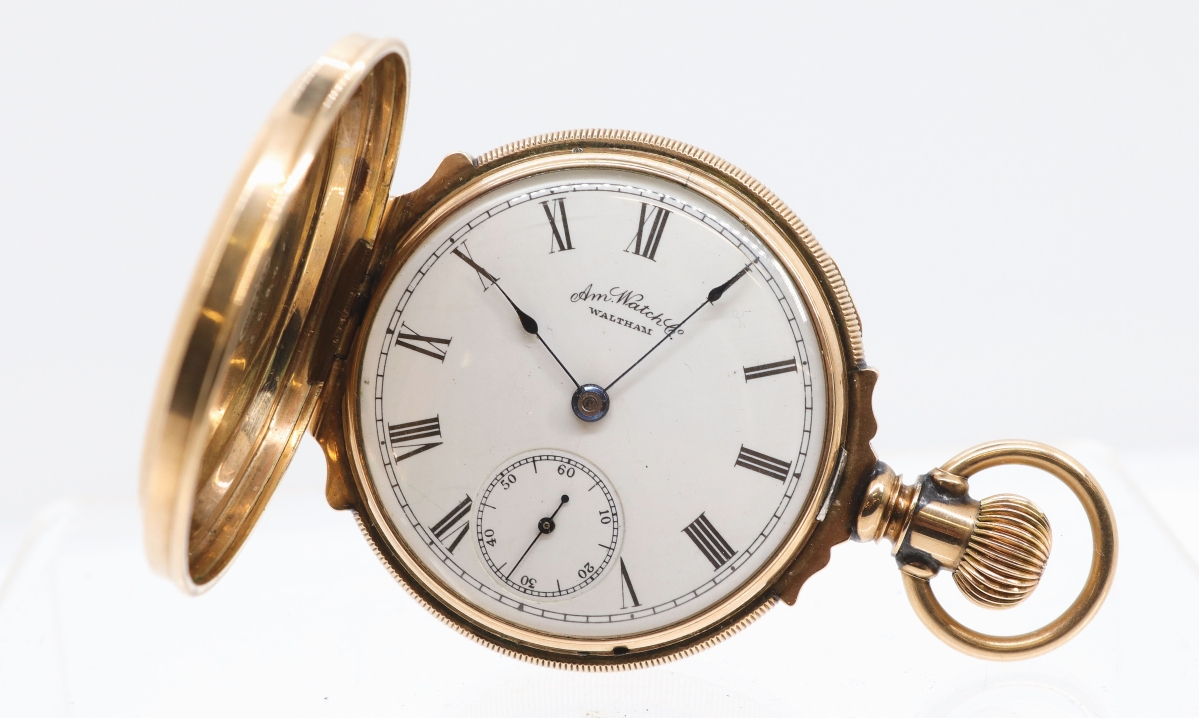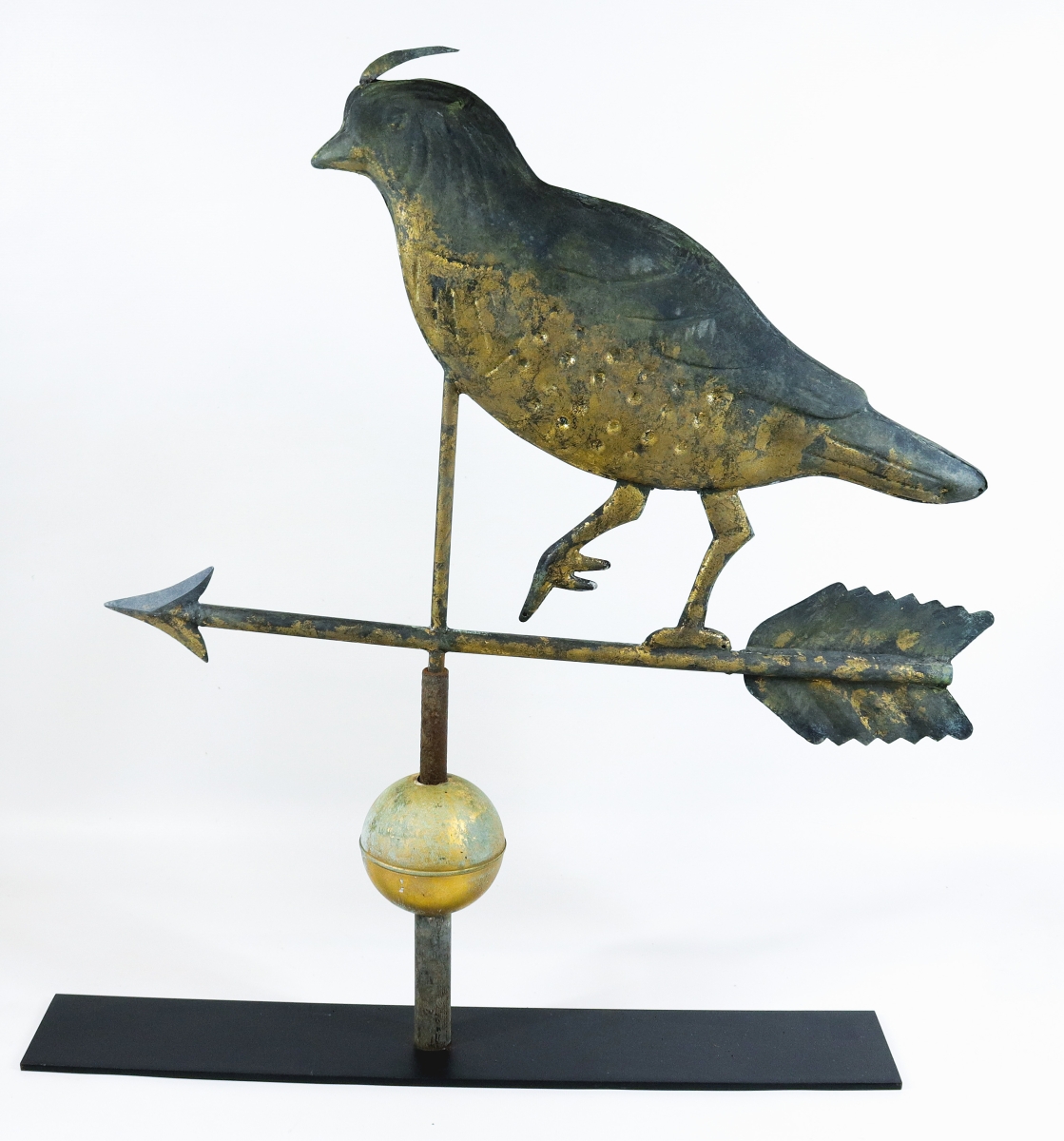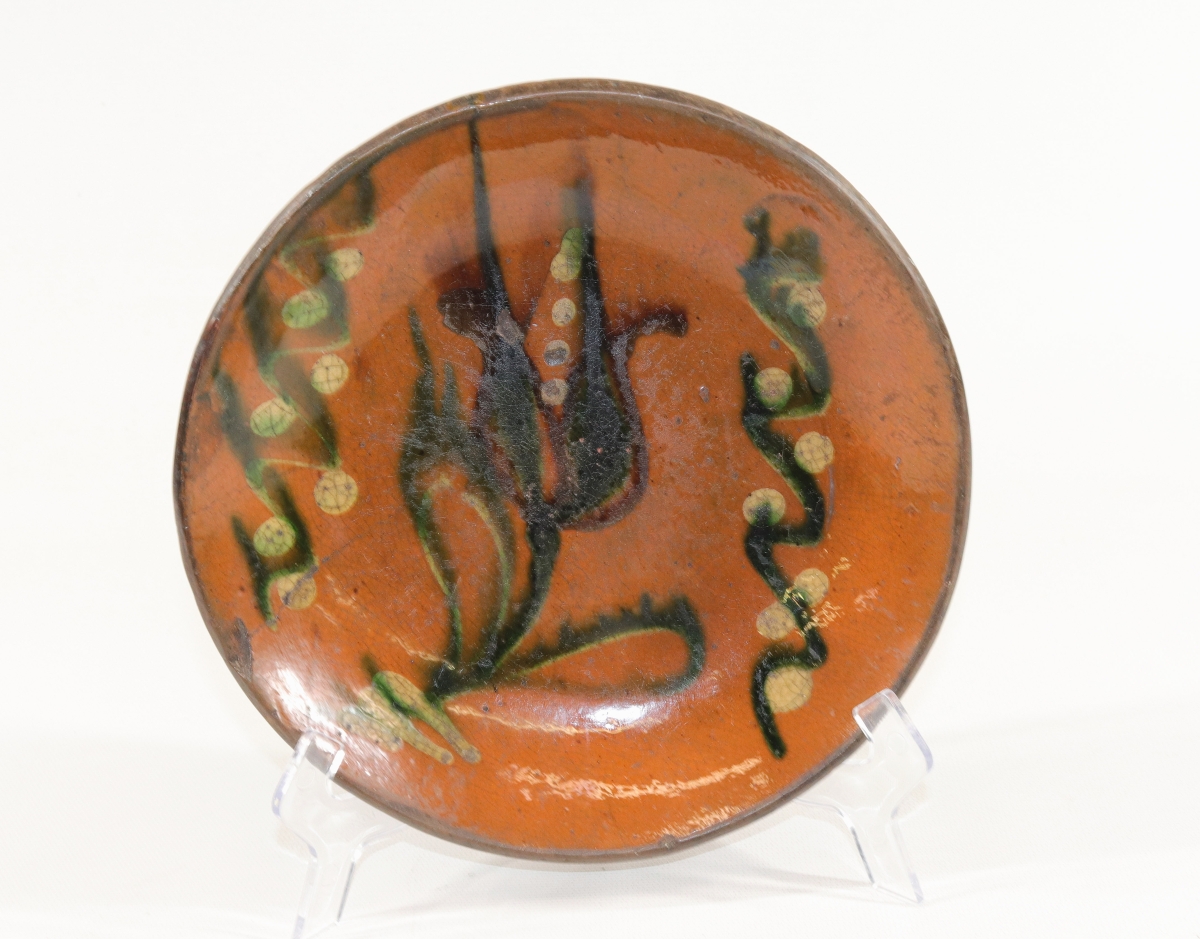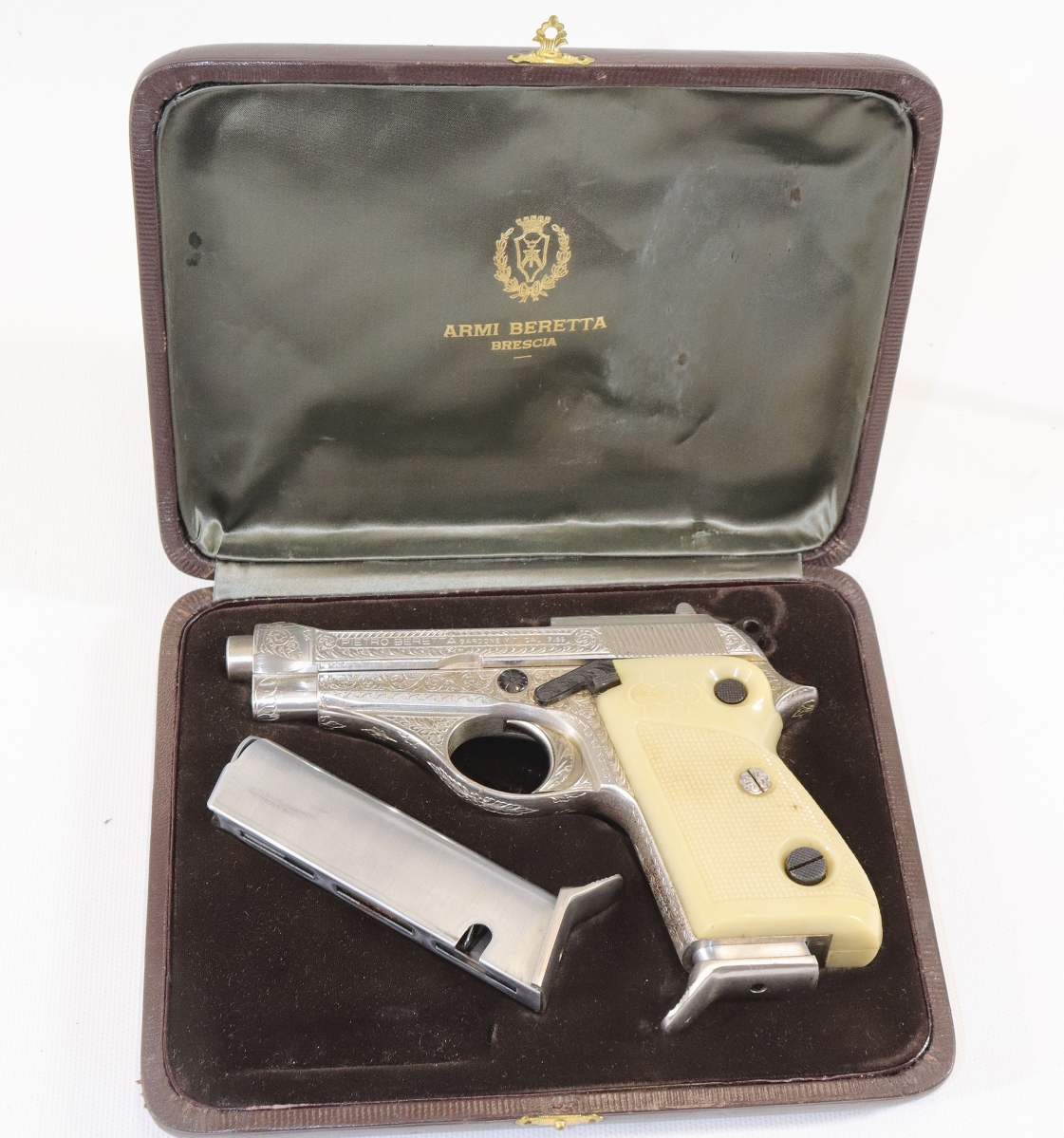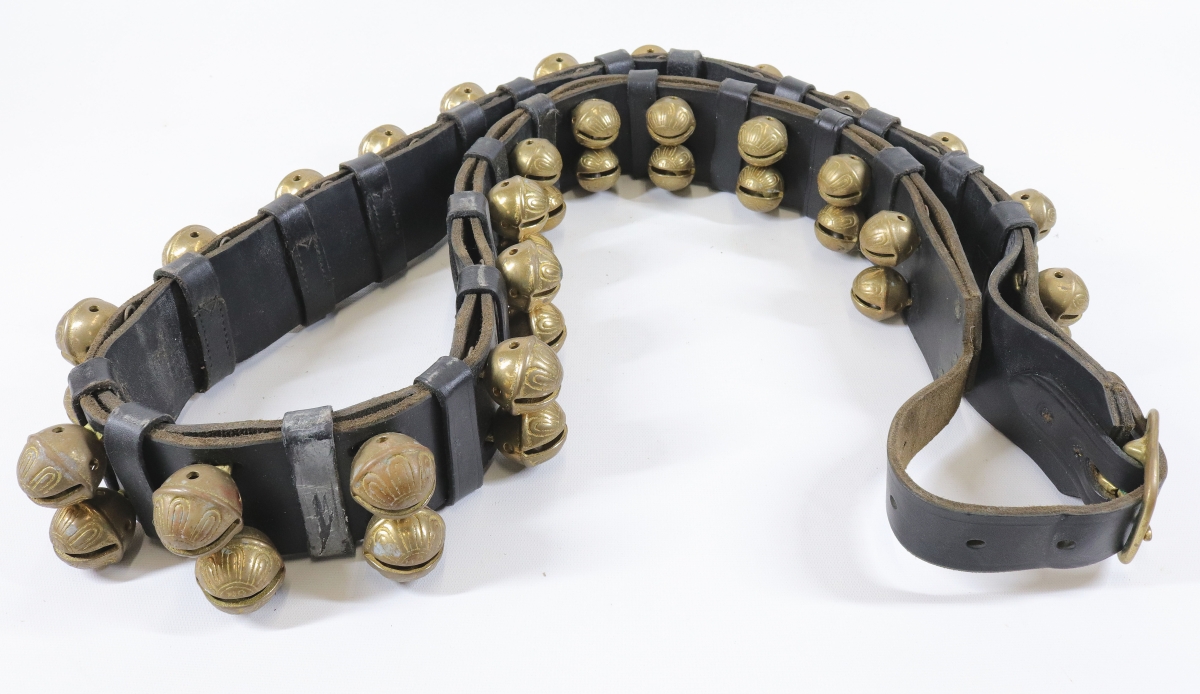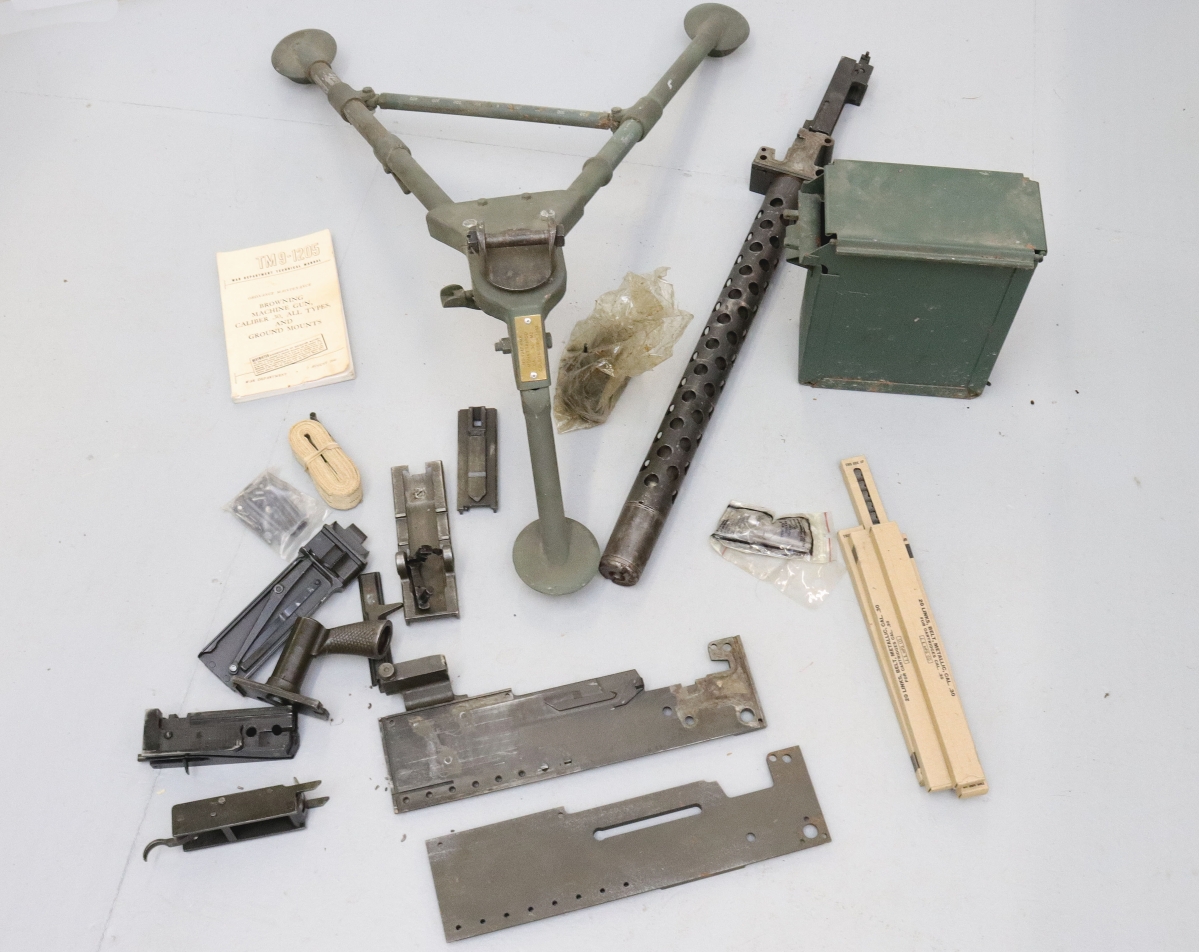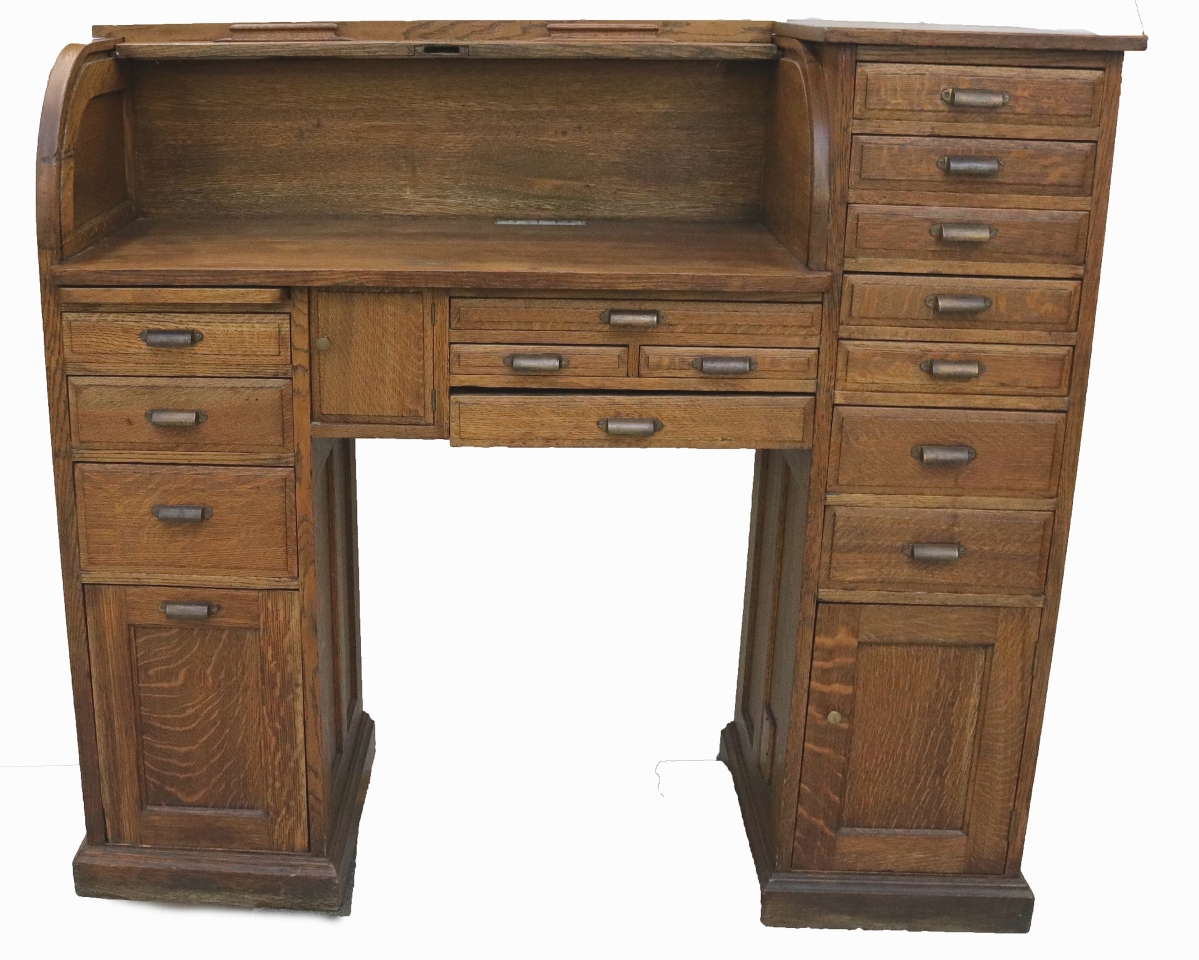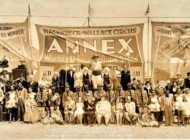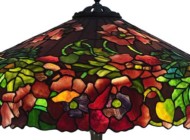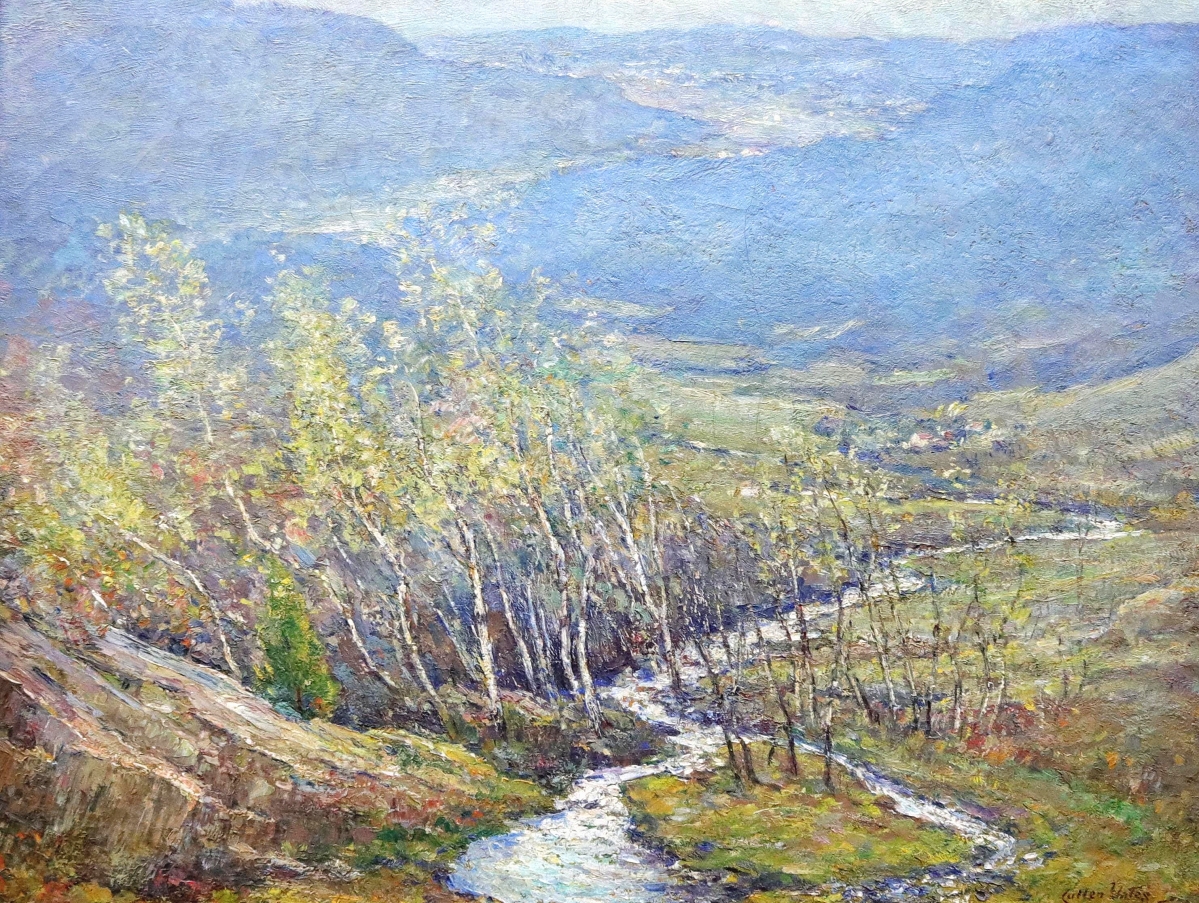
This landscape painting by Cullen Yates (1866-1945), “The South Wind,” a spring scene featuring the Shawnee Valley, was dated 1917 and presented in its original Newcomb Macklin frame with exhibition labels on reverse and measuring 25 by 30 inches, led the overall auction, finishing at $9,840.
Review by W.A. Demers, Photos Courtesy Hartzell’s Auction Galleries
BANGOR, PENN. – An outstanding collection of canes and walking sticks – more than 50 of them – including a President John Q. Adams presentation cane, carved wooden presidential cane, carved bone examples, carved wood canes, gadget canes, ladies canes, even “weaponized” canes, crossed the block on day two of Hartzell’s Auction Galleries February 26-27 auctions. The action began on February 26 with a gallery antiques session of 429 lots, continued with a firearms and military session that afternoon and culminated with the main event on February 27 with 700 lots, including the cane collection.
In the Seventeenth, Eighteenth and Nineteenth Centuries, well-heeled gentlemen and ladies were often seen with a walking stick in hand. Unlike today’s mostly utilitarian examples, the antique models were often elaborate with handles that might contain precious metals and jewels. More than just a fashion accessory, they were symbols of wealth, power and social stature. John Hartzell, vice president of sales and operations, said the canes in this sale were from the same collection of so-called curio canes from a lifetime, single-owner collection from New Jersey. The category takes the utilitarian walking stick into the realm of decorative object, most novel, some bizarre. The gentleman’s collection comprised about 225 canes, according to Hartzell, about 60 of which were sold in the firm’s fall 2020 auction, led by a carved bone “Pepperbox” curio commemorating the 1889 Eiffel Tower in Paris that finished at $9,840.
Top lot status among the examples presented in this most recent sale was an important John Quincy Adams cane that commanded $7,995. Inscribed “Presented to the Ho. John Q. Adams by Minot Thayer, Sam’l Turner, Eben’r T. Frogg, Soloman, Richmond and Harvey Field, a committee of the delegation of the legislature ran of the 12th congressional district in Mass. April 1st 1837, in acknowledgment of his talents and other successful exertion in defence of the constitution of his country,” the 35½-inch-long gold headed cane was cut from the timbers of the frigate Constitution, according to Quincy’s last will and testament. The phrase “in his country” runs down on the side of the handle because the engraver ran out of room on the top. The cane’s 18K gold octagonal top is square with gold eyelets on the wooden shaft and solid silver ferrule. Hartzell said the cane went to a private collector in Sussex County, N.J.
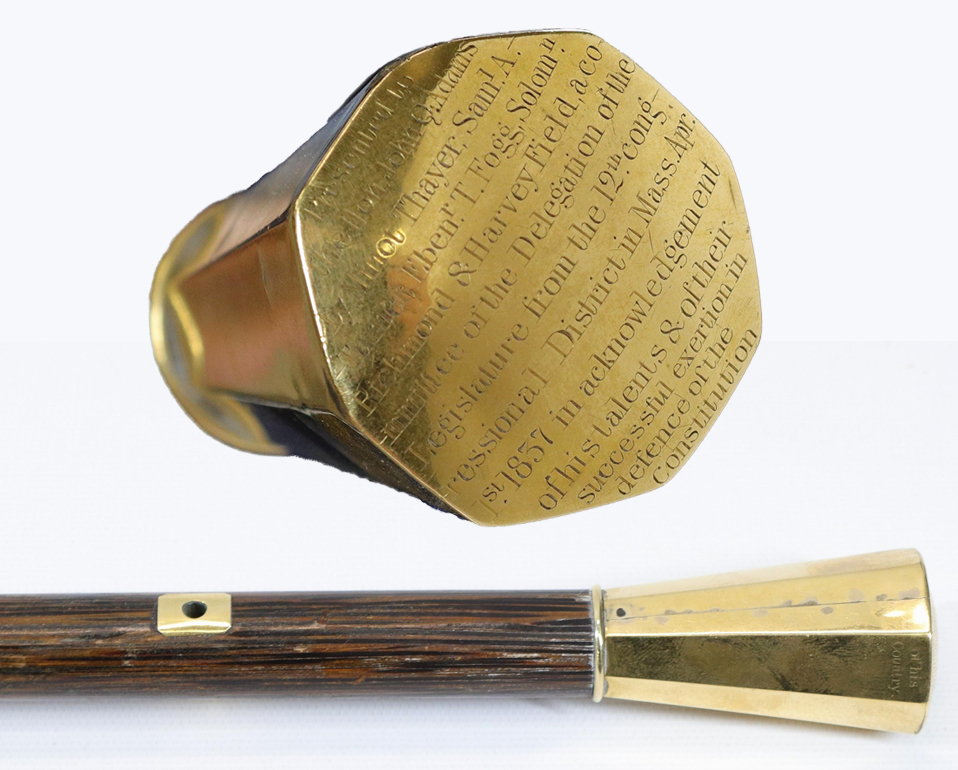
Among an outstanding collection of more than 50 canes and walking sticks, best in show went to this John Q. Adams presentation cane that commanded $7,995. Said to be cut from the timbers of the frigate Constitution, it was inscribed “Presented to the Ho. John Q. Adams by Minot Thayer, Sam’l Turner, Eben’r T. Frogg, Soloman, Richmond and Harvey Field, a committee of the delegation of the legislature ran of the 12th congressional district in Mass. April 1st 1837, in acknowledgment of his talents and other successful exertion in defence of the constitution of his country.”
A rare assassin curio cane sold for $3,321. A spycrafter’s probable go-to cane, it featured a lined bone knob handle with thin brass collar, blackened hardwood shaft and iron ferrule stamped “Hudson Patent September 9, 1851.” Its deadly function was driven by a push-pull manner device that works by unlocking with a quarter turn to the right when the handle is sharply pushed and a 4¼-inch-long blade shoots out of the ferrule. Described in the cataloging as a very rare piece and one of the earliest patented American gadget canes, the 35¼-inch-long cane is featured in Francis H. Monek’s Canes Through The Ages (Schiffer, 1998).
For sheer elegance, one would have to go with the French dress cane that was bid to $3,075. Described as having “Napoleonic brilliance,” the 36¼-inch-long cane featured a precious stone knob on a tortoiseshell veneer shaft with slim vermeil collar with delicate hand chased trailing laurel leaf. Also notable at $2,706 was an 18K gold French presentation cane, circa 1870, topped with gold and inset with a large, faceted amethyst. It had skillfully crafted panels of leaves and raised dots, a macassar ebony shaft and bi-metal ferrule.
While canes walked the walk, there was much more Americana, fine and folk art, furniture and country primitives in this sale.
A Tiffany Studios Aladdin floor lamp lit up to $6,765. The adjustable standard floor light with Aladdin lamp arm, was accompanied by a 9-inch linen fold shade.
Fetching $5,843, despite a hairline crack extending from its edge, was an early Pennsylvania redware pie plate. With a tri-color slip-glazed tulip with wavy lines and dots, the plate had a 7¾-inch diameter.
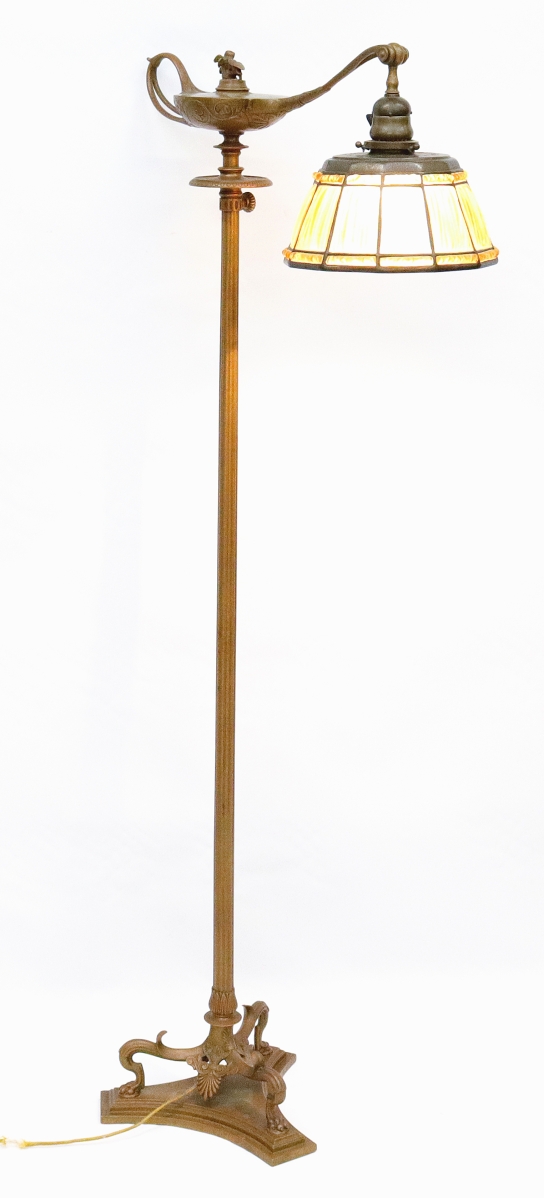
A Tiffany Studios Aladdin floor lamp, selling for $6,765, was accompanied by a 9-inch linen fold shade.
Fine art highlights in the sale centered around a couple of landscape paintings by Cullen Yates (1866-1945), a landscape and still life painter of rivers, coastal scenes, villages and flowers who maintained his studio and residence for many years in Shawnee-on-the-Delaware, Monroe County, Penn. “The South Wind,” a spring scene featuring the Shawnee Valley, was dated 1917 and presented in its original Newcomb Macklin frame with exhibition labels on reverse and measuring 25 by 30 inches, led the overall auction, finishing at $9,840. A smaller oil on canvas by Yates, 26 by 12 inches, depicting an autumn Delaware Water Gap scene was framed under glass, dated “29” on the reverse with the original label. It sold for $7,380. Each painting sold to a different local collector.
Lake Rutherford, a lake located in Sussex County, N.J., was depicted in a Louis Larsen oil on board that finished at $4,920. Dated 1923, the painting features row boats with figures and shore scene with houses and measured 13½ by 20½ inches. Larsen (1863-1932) was viewed as Sussex County’s foremost primitive artist. Apparently, he developed a passion for fishing, evident in that half of his work deals with the rural lakes and streams of Sussex County, often depicting figures in rowboats or along banks of a river. Another of Larsen’s paintings, also a lake scene, dated 1903 and featuring a steamboat coming towards rowers around the island, possibly Lake Hopatcong or Culvers Lake, brought $3,567.
Pennsylvania favorite Walter E. Baum (1884-1956), artist and educator active in the Bucks and Lehigh County areas and founder of the Baum School of Art and the Allentown Art Museum, was represented in the sale by an oil on board painting titled “Sellersville.” The winter scene was signed lower right and came with paper provenance. Measuring 7¾ by 10 inches, it was bid to $3,690.
Furniture in the sale was led by an L&JG Stickley oak cellarette. Earning $5,535, it featured an Arts and Crafts-style bar with copper pullout tray over two doors with hammered copper strap hinges and pulls. It was branded on the interior of one of the doors. Elegant but suitably folky, a hollow body quail weathervane mounted on an arrow directional retained traces of original gilding. Mounted on modern display base and measuring 16 by 24 inches, it found favor with a bidder at $2,706.
A 1.65-carat diamond ring topped the jewelry category, going out at $5,228, while a Waltham American Watch Company gold pocket watch in working order commanded $2,337.
The auction’s first day on February 26 centered around firearms and militaria as well as more than 400 lots of general antiques.
Topping the weapons on offer was a Browning 1919 machine gun “Kit,” including its TM9-1205 technical manual from the War Department. There was no serial number but the 30-06 cal. weapon with 24-inch barrel, right side plate with bipod, ammo can, rivets, links and belts put together a final price of $4,305.
Also notable in this category were a Tiger Dragunov AK-47, made in Russia and dated 1993, $3,444; a P. Beretta Model 70, nickel plated with fancy engraving in its original box, $2,460; a Russian-made Molot Vepr AK-47 with tripod, $3,198; and a Canadian-made F.N. Model F.A.L .308 that brought $2,829. It was noted that all firearms needed to be registered upon purchase.
Among the lineup of general antiques in the Friday session, standouts included an oak paneled jeweler’s desk earning $1,046, double strap sleigh bells ringing to $738; a Meissen figure, “Napping with love Letter,” making $861 and a geometric hooked rug landing at $523.
Hartzell said he was pleased with the results of the two days, which totaled $335,000 and attracted more than 2,000 registered bidders and more than 250 phone bidders. There was even some in-house participation, with between 85-100 people in the gallery at any one time under the state’s Covid-19 prevention guidelines.
Prices given include the buyer’s premium as stated by the auction house.
The firm plans an online-only sale at the end of March and an Americana and garden sale in April.
For information, 610-588-5831 or www.hartzellsauction.com.
